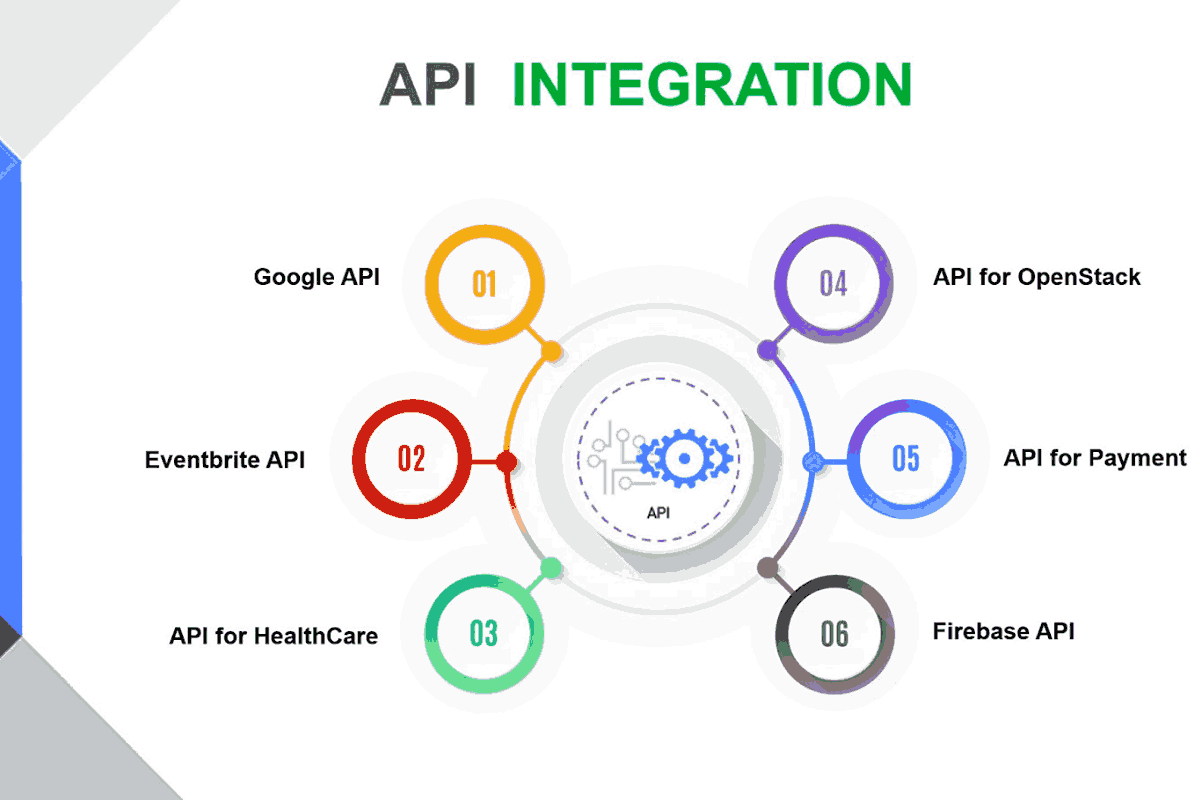
In today’s digital landscape, businesses rely on numerous software applications and services to operate efficiently. However, managing these disparate systems can be challenging without proper integration.
This is where an API integration platform plays a crucial role by connecting different software applications, allowing them to communicate and share data seamlessly.
What Is an API Integration Platform?
An API integration platform is a centralized solution that enables businesses to link various applications and services through their application programming interfaces (APIs). Instead of building custom connections for each integration, this platform simplifies the process by providing pre-built connectors, workflows, and management tools. This enables faster and more reliable data exchange between systems, reducing manual work and improving overall efficiency.
Benefits of Using an API Integration Platform
Adopting such a platform offers several advantages:
-
Streamlined Operations: Automating data flow between systems eliminates the need for repetitive manual tasks, improving productivity.
-
Improved Data Accuracy: Automated synchronization reduces errors caused by manual data entry and ensures consistency across applications.
-
Faster Time-to-Market: Pre-built connectors and templates accelerate integration projects, helping businesses respond quickly to changing needs.
-
Scalability: As organizations grow, integration platforms allow easy addition of new applications without significant redevelopment.
-
Enhanced Visibility: Centralized dashboards and monitoring tools provide real-time insights into integration performance and potential issues.
Key Features to Look For
When selecting a platform, consider the following characteristics:
-
Wide Range of Connectors: Support for popular business applications, databases, cloud services, and custom APIs.
-
User-Friendly Interface: Drag-and-drop or low-code environments that enable users with minimal coding experience to build integrations.
-
Security and Compliance: Features such as encryption, access controls, and compliance with standards like GDPR or HIPAA.
-
Scalable Architecture: Ability to handle increasing data volumes and complex workflows as business needs evolve.
-
Monitoring and Alerts: Tools to track data flows, detect failures, and notify relevant teams promptly.
Common Use Cases
API integration platforms serve various industries and scenarios, including:
-
E-commerce: Connecting online stores with payment gateways, inventory systems, and customer relationship management (CRM) tools.
-
Finance: Integrating banking APIs with accounting software to automate transaction processing.
-
Healthcare: Linking electronic health records (EHR) with billing and scheduling systems to improve patient care coordination.
-
Marketing: Synchronizing data between email marketing platforms, analytics tools, and CRM systems for targeted campaigns.
How to Get Started
Implementing an integration platform begins with identifying critical systems that require connection. Next, evaluate platforms based on compatibility, ease of use, and security features. Start with a pilot project focusing on a high-impact use case to demonstrate value quickly. Training your team and establishing governance policies ensures sustainable and effective integration management.
Challenges to Consider
While these platforms offer many benefits, it is important to be aware of potential challenges:
-
Complex Legacy Systems: Older software may lack modern APIs, requiring additional adapters or custom solutions.
-
Data Privacy Concerns: Handling sensitive information demands strict security measures and compliance with legal requirements.
-
Change Management: Integration projects can impact existing workflows, necessitating clear communication and user training.
Future Trends
The API integration space continues to evolve with advances in automation and artificial intelligence. Emerging platforms are incorporating intelligent mapping, predictive analytics, and self-healing capabilities that further reduce manual intervention and downtime. Additionally, the rise of event-driven architectures and microservices is shaping how integrations are designed for greater flexibility and responsiveness.
Final Thoughts
An API integration platform is essential for businesses looking to connect their diverse applications efficiently and securely. By streamlining data exchange and automating workflows, organizations can enhance productivity, improve decision-making, and scale operations with confidence.
Selecting the right platform and following best practices can ensure successful integration that delivers ongoing value in an increasingly interconnected digital world.
Keywords:
- API Integration Platform










Leave a comment